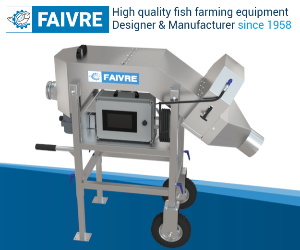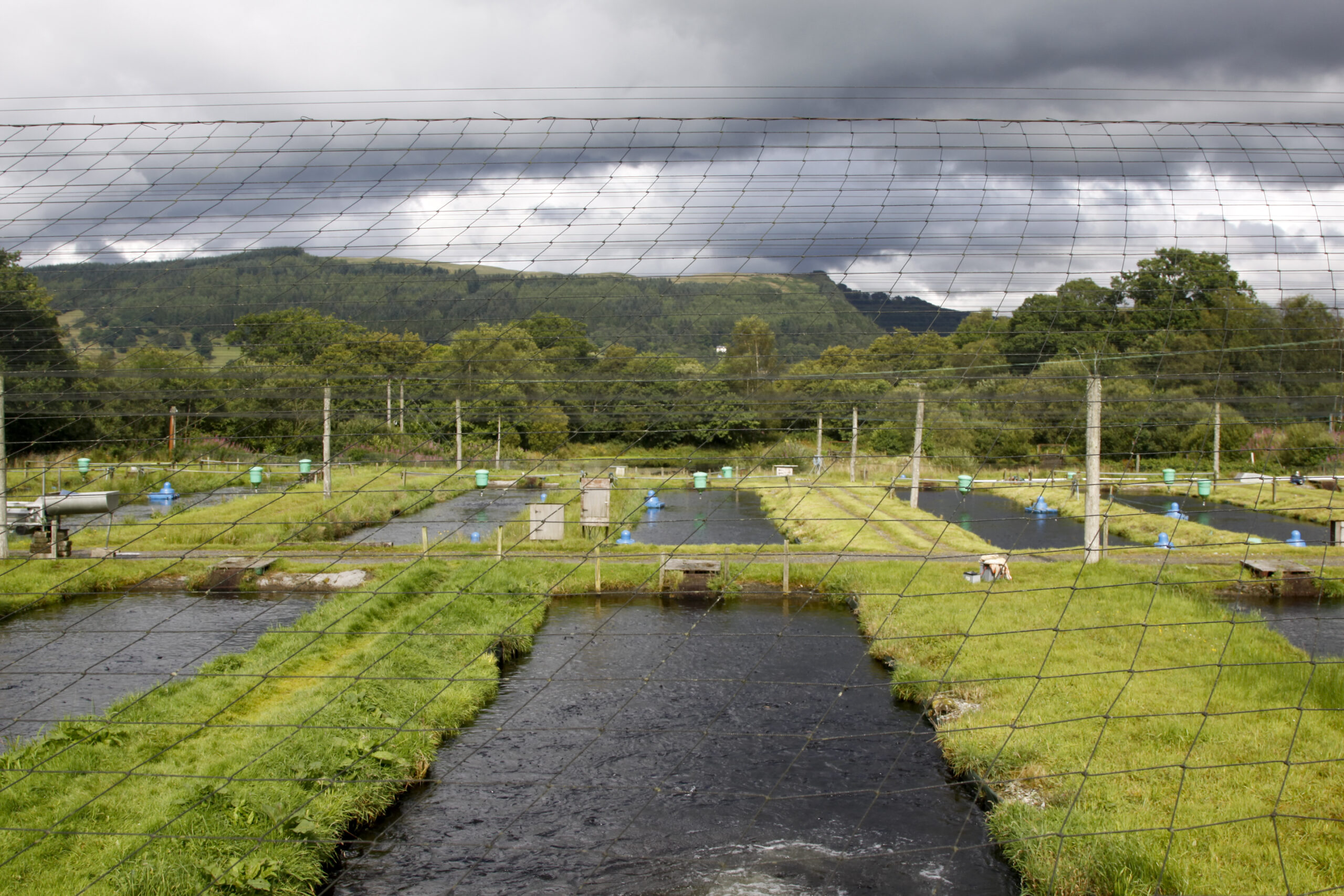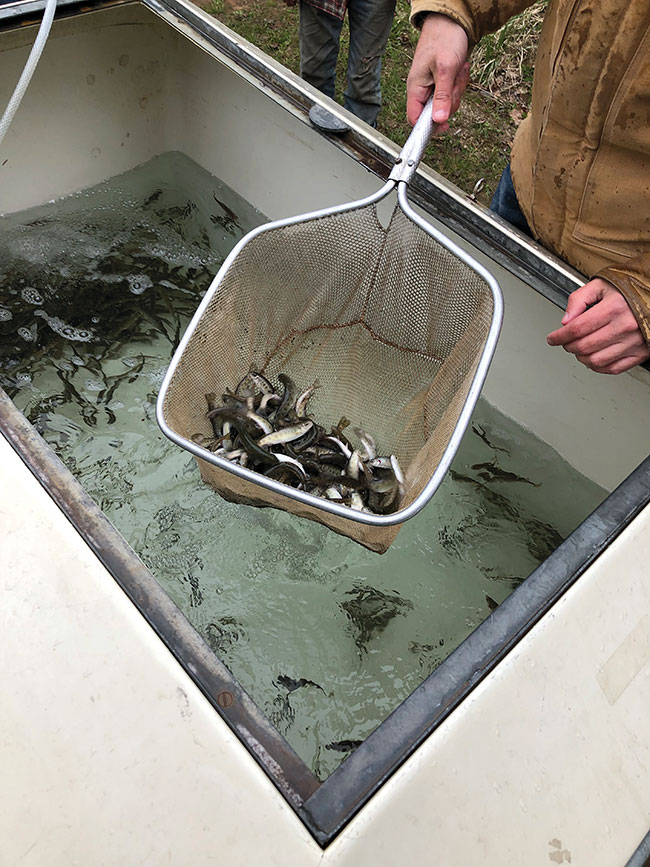| |
| |
 |
 |
| |
 |
|
@{mv_date_MMM d, yyyy}@ |
| |
|
| |
One almost certain thing that will happen is a natural disaster. But how are you preparing your farm for when it hits? Check out our featured section for a Hatchery Hack on assessing your farm’s disaster plans in the case of these events.
- Seyitan Moritiwon, Associate editor
|
|
| |
|
| |
Caribbean Aquaculture Education and Innovation Hub is hosting a “first-of-its-kind” gathering to equip Caribbean women in aquaculture with the tools, networks, and confidence to lead.
» Read More...
Dsm-firmenich, an innovator in nutrition, health and beauty, has given Naomi D. Smith an award for excellence in sustainable aquaculture and fisheries.
» Read More...
The allegations of fraud in Indonesian aquaculture tech company, eFishery, have been confirmed by its board.
» Read More...
|
| |
|
| |

These camera technology counters are designed to meet the needs of hatchery counting requirements.
- Fishes from 0.2 g to 30 g, 0.5 g fishes up to 650 000 /hour
- Shrimps from 0.1 g to 6 g, 0.3 g shrimps up to 1 million/ hour
- Video and counting report can be exported by USB key for verification
- Industrial-grade LED strips, touch screen and camera for more durability in tough conditions.
» Learn More
|
| |
|
| |
 Are we ever prepared enough? That is the question I have been asking myself lately especially as I reflect on this past year, my first year as a writer for Hatchery International. How can I describe Hatchery Hacks in such a rapidly changing world? Let me explain.
» Read More...
Are we ever prepared enough? That is the question I have been asking myself lately especially as I reflect on this past year, my first year as a writer for Hatchery International. How can I describe Hatchery Hacks in such a rapidly changing world? Let me explain.
» Read More... |
| |
 Alan Sutter has spent the past 15 years raising brown and rainbow trout in a community hatchery that existed before his birth. He spends about four hours a week at the Bruce Peninsula Sportsmen’s Association Fish Hatchery feeding fish and cleaning their tanks. But at certain times in the year, during egg-collection and hatching, he’s there every day.
» Read More...
Alan Sutter has spent the past 15 years raising brown and rainbow trout in a community hatchery that existed before his birth. He spends about four hours a week at the Bruce Peninsula Sportsmen’s Association Fish Hatchery feeding fish and cleaning their tanks. But at certain times in the year, during egg-collection and hatching, he’s there every day.
» Read More... |
| |
| |
|
| |
Most people think of how to properly cook their freshly-caught fish when hearing the term “fish handling.” But that term takes on a whole new meaning when presented to hatchery workers raising everything from wild salmon to baitfish to ornamental species.
» Read More
European seabass eggs incubated at 11 °C until hatching produced juveniles that exhibited less changes following the fast-refeed regime. This was demonstrated in experiments ran in the experimental facilities of IFREMER IRD, INRAE facilities in Palavas-Les-Flots in France.
» Read More
|
| |
|
| |
» Read More...
|
|
» Read More...
|
|
» Read More...
|
|
» Read More...
|
|
» Read More...
|
|
| |
|
| |
|
|
| |
| |





